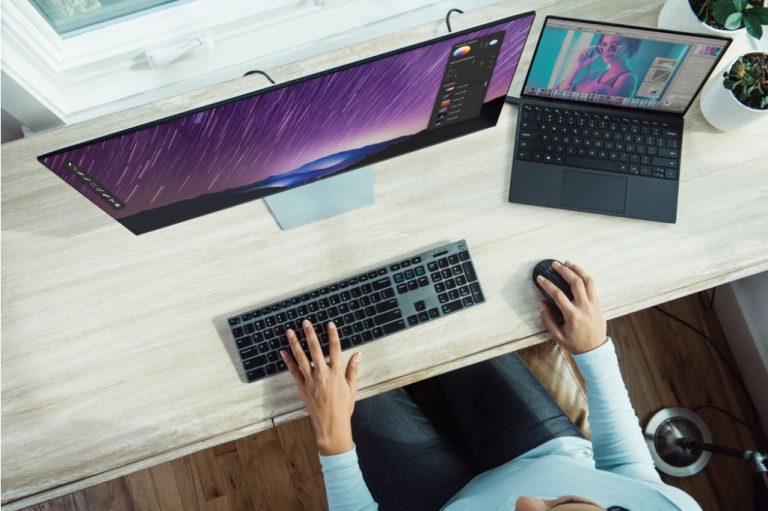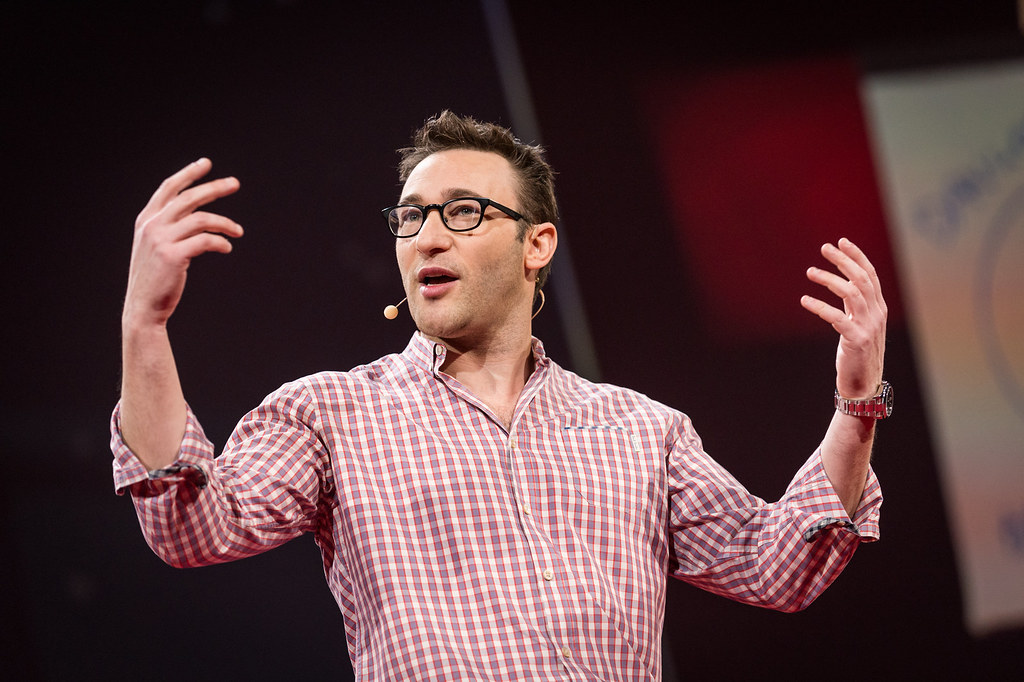For several years, HR professionals have been telling us that teleworking is just as productive – if not more – than working in the office. Does this statement remain true when we talk about collaborative and creative work? We looked at the various studies and surveys published before and during the pandemic to get a better picture of the situation.
Some studies on remote creativity existed before the pandemic. In 2012, economist E. Glenn Dutcher conducted an experiment to determine whether there was a difference in productivity between repetitive tasks and creative tasks performed remotely.
As a result, the cohort of workers with repetitive tasks saw their productivity drop from 6% to 10% outside of a controlled environment. Conversely, the cohort of workers who received creative tasks saw their productivity increase from 11% to 20%!
It can be concluded – from this study – that the house offers an environment conducive to creative work. It is a less formal environment than the office, so it is not distracting. On the other hand, doing creative teamwork – as advertising agencies do – can be more complicated than it seems.
In 2015, the MURAL agency – which was already operating in virtual mode at the time – took an interest in the issue and decided to survey its employees (designers) to find out.
It found that remote creative collaboration was not without obstacles: 15% of its employees felt that they were improving the quality of work, compared to 46% who felt that their work suffered.
The reasons mentioned: the lack of interpersonal relationships, the loss of spontaneity and the difficulty of communicating come to the top of the list.
The pandemic, a brake on creativity… or a source of inspiration?
Since the beginning of the pandemic, we have identified two important surveys that address the topic of creativity in the workplace. The first report, made by the visual collaboration tool Lucidspark last October, offers a dark perspective of creative collaboration in times of the pandemic.
“Brainstorms and the process of ideation have definitely suffered in the eyes of remote workers, concludes the report. Nearly one in four (22%) say that working from home has hurt their creativity and more than one in four (26%) managers agree.”
Reasons for the blockage: 46% point to a lack of face-to-face time with colleagues, 46% suffered from isolation, feeling as if they did not know what their colleagues were working on.
The WeTransfer document transfer website surveyed 35,000 participants from their user community, and the results are quite different. More serene in the face of remote collaboration, nearly half of users (45.3%) say that the change in work environment allowed them to find “creative ideas”, compared to 26.5% who, on the contrary, ran out of inspiration.
The authors of the WeTransfer report leave us with this message of hope:
“If history has taught us one thing, it is that periods of change, uncertainty and social unrest inspire the greatest creative ideas. The 1918 pandemic was succeeded by the “Roaring Twenties”. (…) The New York decadence of the 1970s saw the birth of Jean-Michel Basquiat and Keith Haring. The recession of the 1990s inspired the YBA group”.
Good inspiration!




